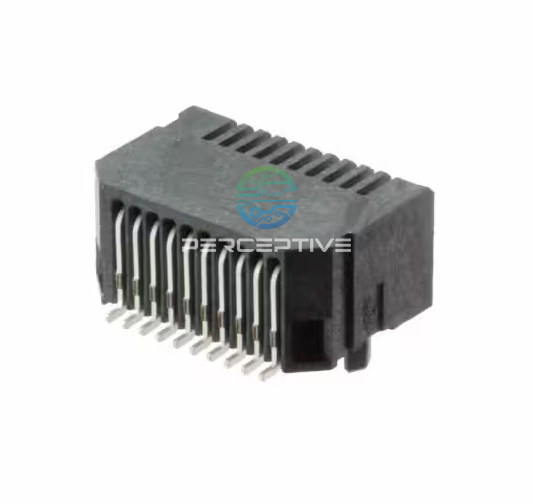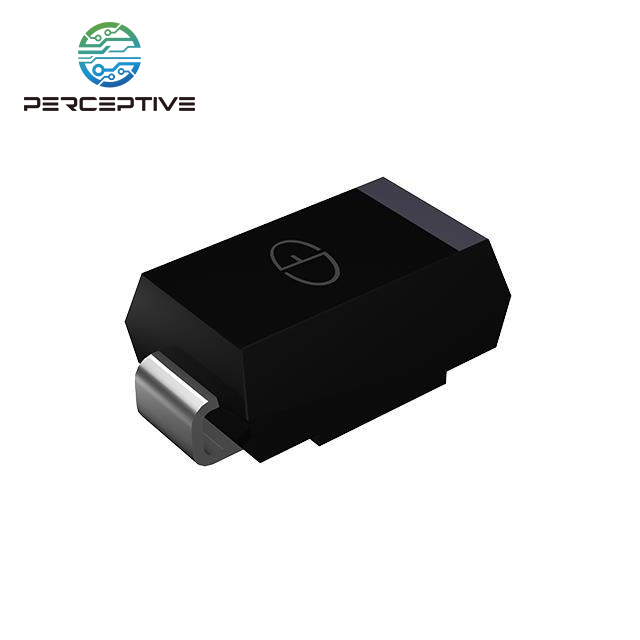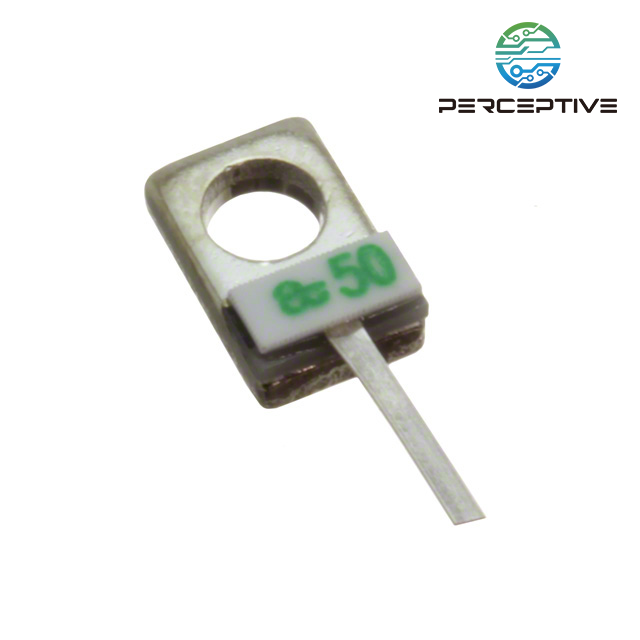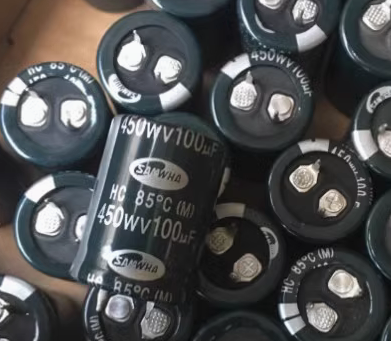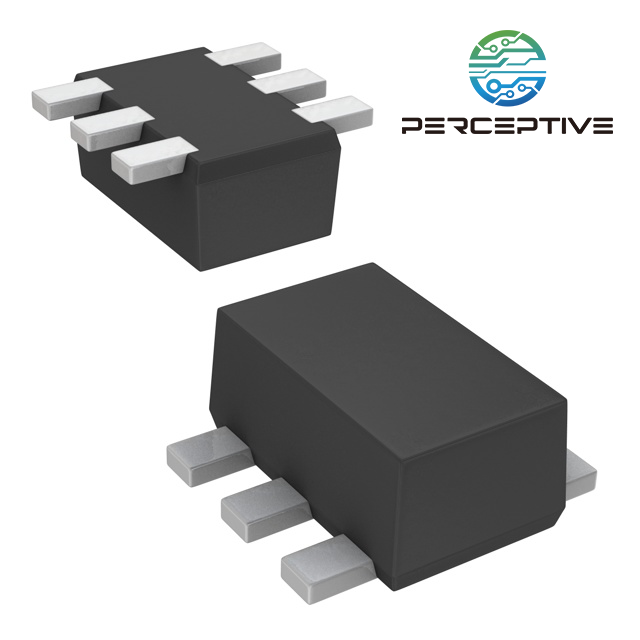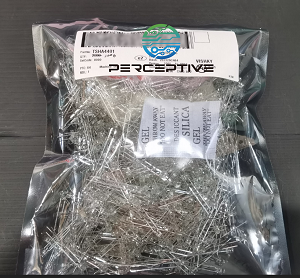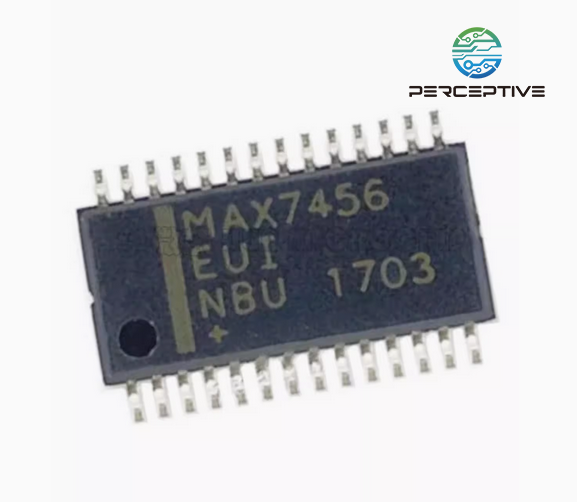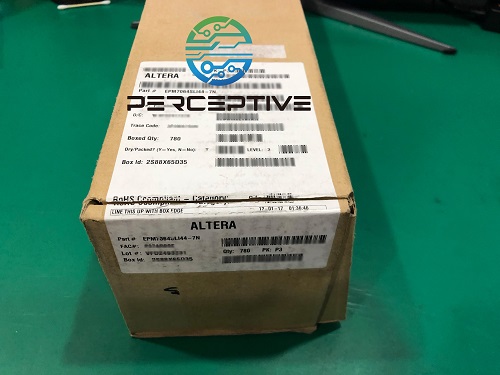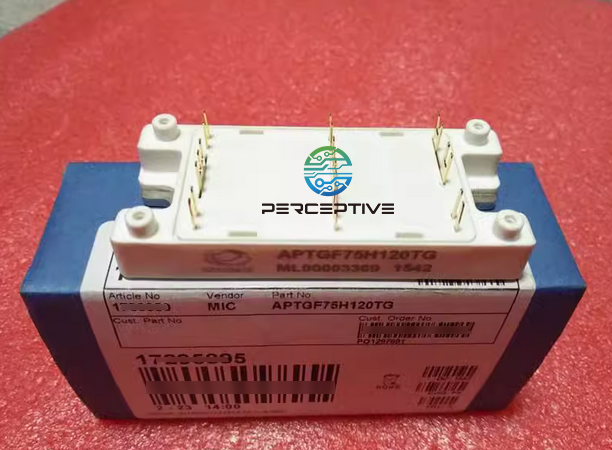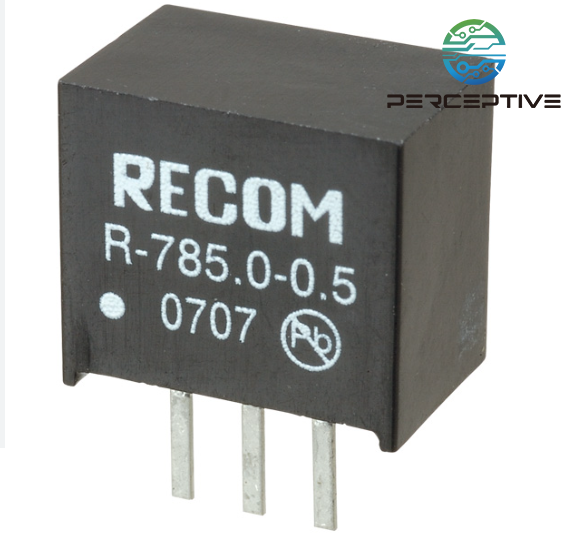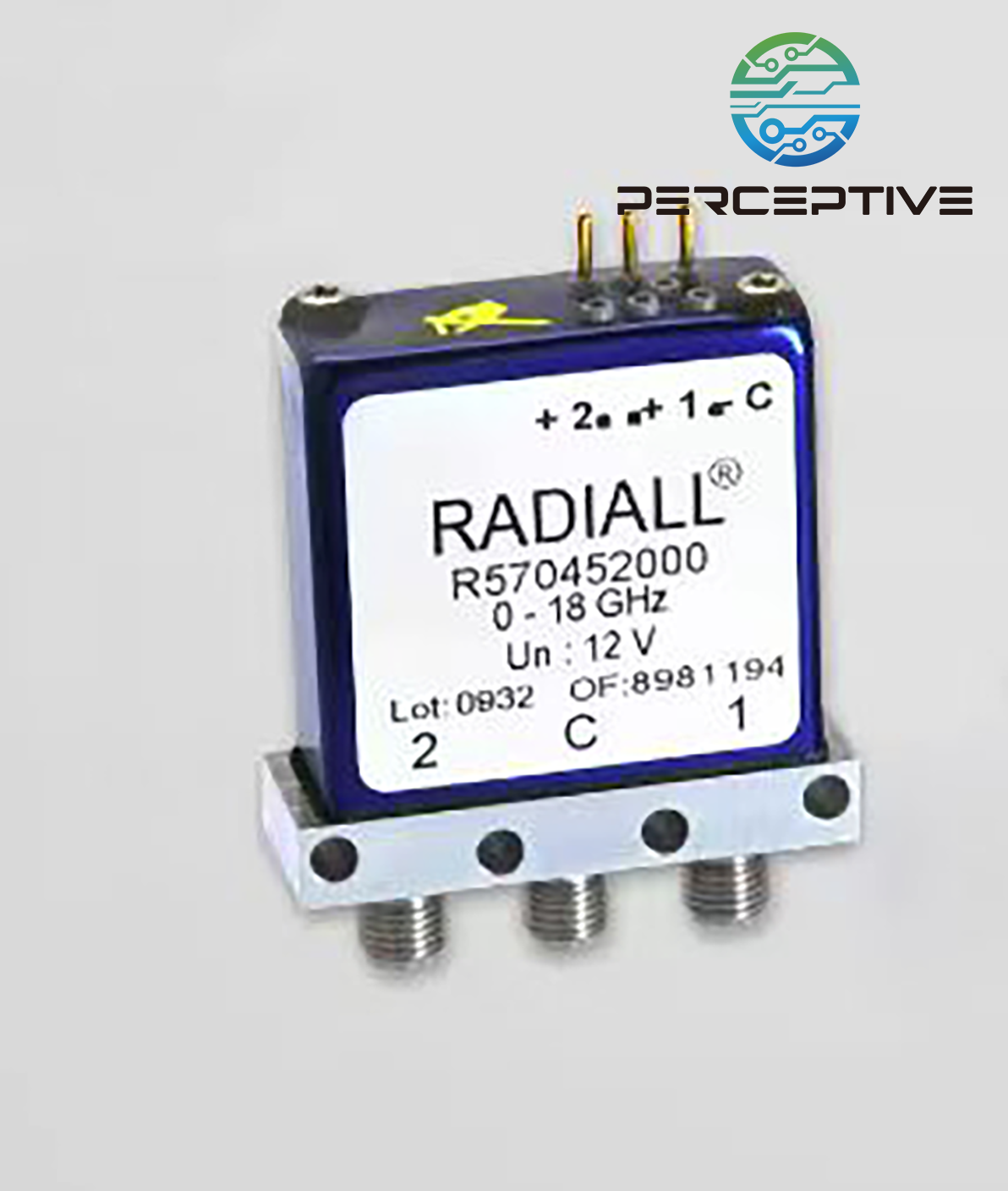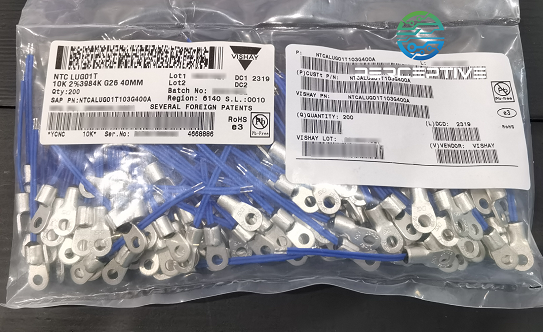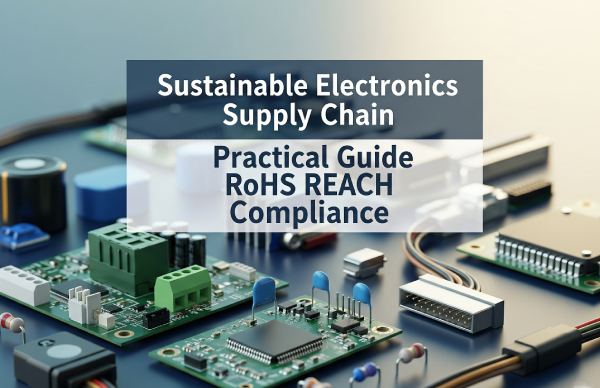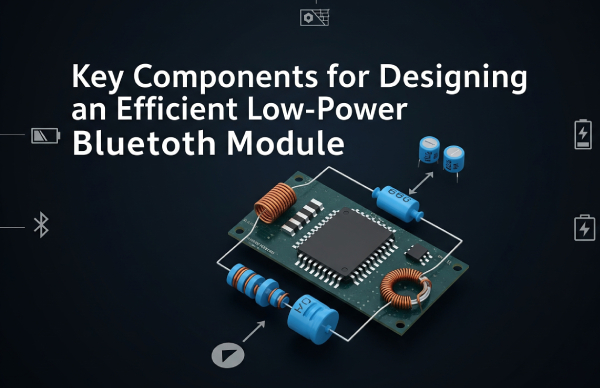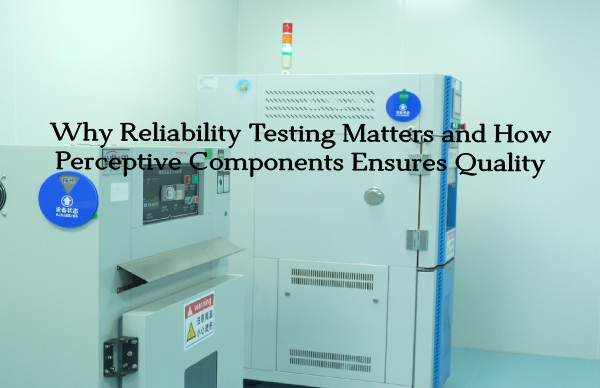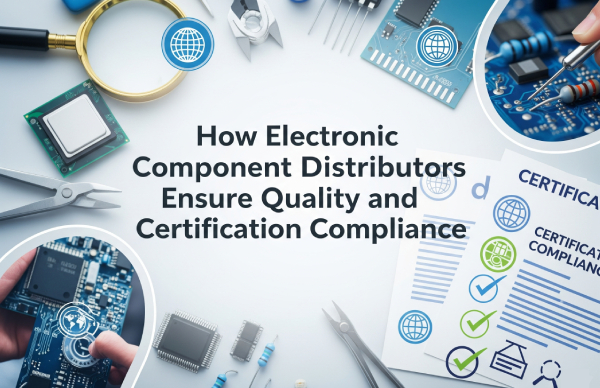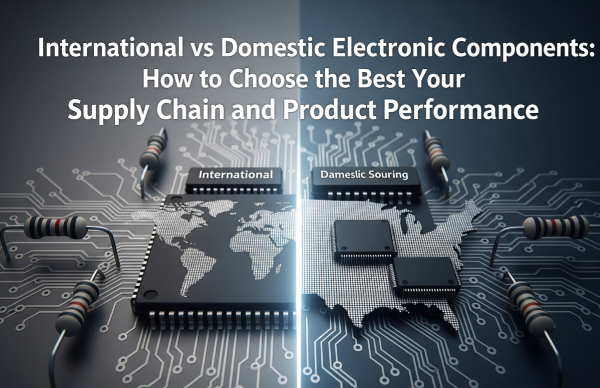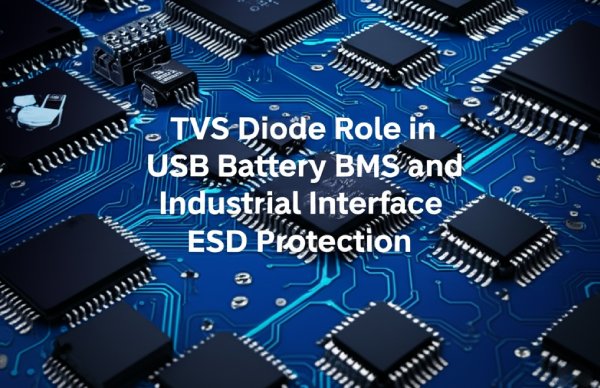In the electronic components industry, where precision and reliability are paramount, batch-to-batch consistency is not merely a quality control measure — it is a fundamental requirement that impacts every stage of the supply chain, from product design and manufacturing to deployment and after-sales service.
For procurement professionals and engineers alike, ensuring consistency across different batches of components is essential to maintaining functional reliability, meeting compliance standards, and safeguarding long-term system stability. This becomes especially critical in high-volume procurement scenarios, where even slight variations in component characteristics can have disproportionate effects.
What Is Batch Consistency in Electronic Components?
Batch consistency refers to the uniformity in electrical performance, mechanical dimensions, materials, and tolerance levels of components manufactured in different production runs (lots). While all reputable manufacturers follow industry standards and quality control processes, variations can still occur due to subtle shifts in production conditions, material sources, or even process optimizations.
For example, a ceramic capacitor from one lot might have a slightly different ESR (Equivalent Series Resistance) or temperature coefficient than the same part number from another lot, potentially affecting timing circuits, filtering performance, or power regulation. For low-volume prototyping, such differences may go unnoticed. But in mass production or safety-critical applications, these variations can result in failures or costly redesigns.
Why Is Batch Consistency So Important?
1. Design Reliability
Engineers validate components during the prototyping phase. These components must perform identically during mass production. Any deviation introduces uncertainty — a serious risk in fields like aerospace, automotive, medical devices, and industrial control systems.
2. Production Efficiency
When components from a new batch behave differently, it can lead to failures during assembly or system testing. This causes production delays, additional inspection costs, and even rework or recall scenarios.
3. Regulatory Compliance
Many industries enforce strict regulatory standards (such as ISO, IPC, AEC-Q, etc.). Inconsistent component performance can result in non-compliance and penalties, especially in international markets.
4. Total Cost of Ownership (TCO)
Inconsistent batches may not only increase testing and validation costs, but also impact field performance, leading to warranty claims, downtime, and loss of customer trust — all contributing to a higher TCO.
What Causes Batch Inconsistencies?
Even with ISO-certified processes, various factors can lead to inconsistencies:
Material Source Variations: Changes in suppliers of raw materials can affect internal construction or stability.
Process Adjustments: Manufacturers may update equipment, tools, or techniques to improve yields, often introducing minor differences.
Uncommunicated Changes: Some changes fall under "minor" process shifts and are not always subject to Product Change Notices (PCNs).
Multi-Location Production: Components made at different fabs may have variations due to different environments or manufacturing lines.
How Procurement Teams Can Ensure Consistency
To safeguard against performance drift across batches, procurement professionals can take proactive steps:
1. Source from Authorized Distributors
Work with reputable distributors who provide traceability, date/lot code control, and certificates of conformance. This allows buyers to track and match batches when necessary.
2. Use Fixed Manufacturer Part Numbers (MPNs) with Lot Codes
When placing orders for sensitive applications, specify not just the MPN but also the preferred lot code. Some suppliers offer lot-reservation services for repeat orders.
3. Request Sample Validation
For critical designs or high-volume projects, request samples from each batch and perform comparative testing to validate electrical and mechanical properties.
4. Maintain Safety Stock
Holding an extra supply from a validated lot ensures uninterrupted production in case the new batch requires requalification.
5. Subscribe to Manufacturer Notifications
Stay informed about PCNs and End-of-Life (EOL) notices that might signal impending changes in product specifications or performance.
6. Collaborate With Engineering
Procurement teams should maintain close communication with engineering and QA departments to understand acceptable performance ranges and define escalation processes for discrepancies.
The Role of Distributors in Batch Consistency
Trusted distributors play a key role in managing batch consistency:
They can bundle entire orders from a single lot, especially for large quantity purchases.
They often have incoming quality checks and testing labs to verify critical parameters before components are stocked.
Their systems can track batch history, making it easier to trace back to specific issues if anomalies occur.
Furthermore, experienced distributors often work closely with OEMs and EMS providers to forecast demand, plan procurement schedules, and lock in consistent inventory from specific manufacturers or lots.
Conclusion
In today's fast-evolving electronics landscape, where design cycles are shorter and performance demands higher, overlooking batch-to-batch consistency is a risk no manufacturer or OEM can afford. With tighter regulatory oversight and growing customer expectations, consistency is becoming as important as price and lead time in component sourcing decisions.
At Perceptive, we are committed to helping our customers mitigate this risk by offering traceable sourcing, lot-specific fulfillment, and strict quality inspection standards. We work closely with both manufacturers and procurement teams to ensure that every batch of components meets your expectations for consistency, reliability, and performance.
In component sourcing, it's not just about availability or price — it's about ensuring long-term stability, operational efficiency, and the trust your brand is built on. Let us help you build with confidence, one consistent batch at a time.

